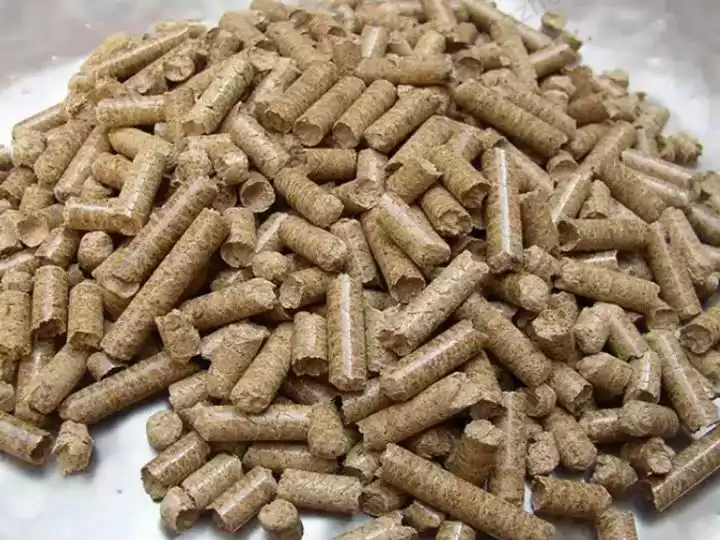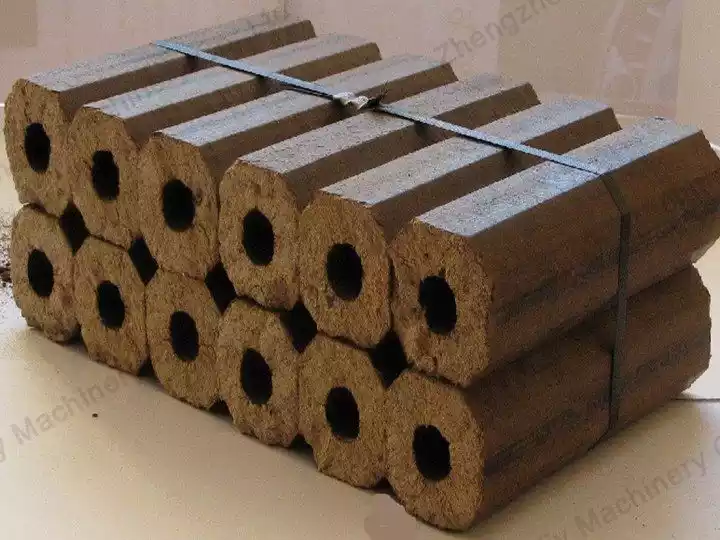Which one is good for a startup, biomass briquettes or pellets?
Biomass briquettes production can promote the reuse of biomass resources and also effectively alleviate the problem of energy tension. For investors who carry out biomass energy production business, choosing whether to process biomass wood pellets or biomass fuel briquettes is usually a more tangled issue. As a manufacturer of biomass recycling equipment, we will make a detailed analysis for you, and hope it will be helpful to you.
Why start the biomass briquettes business?
According to the analysis of data from more than a thousand customer cases, our customers usually carry out biomass fuel processing for two purposes: to profit from recycling waste biomass resources and to process biomass fuel to provide energy for their own plants.
There are also a small number of customers who buy small-capacity biomass fuel processing equipment just to save space by processing the waste biomass material from their factories. Whatever the purpose of investing in a biomass fuel briquettes business, it is hard to deny that biomass briquettes processing plants are environmentally friendly and sustainable energy regeneration projects.


Biomass briquettes project VS biomass pellets project
In fact, the two types of biomass fuel production projects are very similar, except for the processing, the equipment required, and the form of the finished products are not the same. In terms of raw material selection, both biomass fuel briquettes and pellets can use all agricultural and forestry waste, such as straw, rice husks, peanut shells, wood chips, used wood boards, branches, coconut shells, etc.
After crushing these raw materials into sawdust with the wood crusher, the wood chips need to be dried to a certain moisture level using the dryer. Then use the molding equipment to process the wood chips into solid biomass fuel. The processing of biomass briquettes requires a spiral-type sawdust briquette machine, while the processing of pellets requires a special biomass pellets extruder machine.


Biomass fuel briquettes are usually prismatic sticks with a uniform length and a hole in the middle. The biomass pellets are irregular in length. Both types of biomass fuels can be packaged in packaging machines for easy transportation. In terms of calorific value and burn time, biomass briquettes usually have a higher calorific value and burn time than pellets. This is due to the higher density and larger volume of the former.
How to choose?
In fact, when choosing to process biomass briquettes and pellets, investors only need to consider researching their local market demand. Producing biomass fuels that meet the local market demand will satisfy most of the customers, so the products produced by the producer will be marketable. In addition, investors need to consider the cost of raw materials. If there is a large amount of cheap biomass waste in the area, it will be advantageous to invest in a biomass fuel briquettes business.

No Comments.